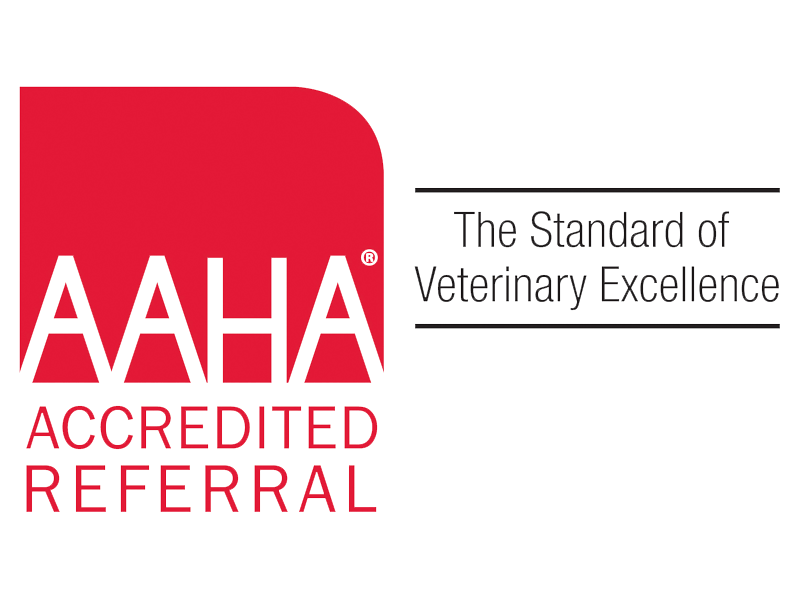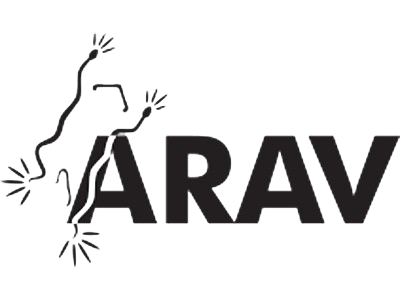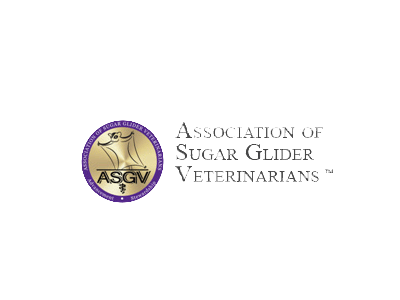A new puppy can be exciting! You are inviting a new family member into your home. With your new pup, comes responsibilities, and making sure you are feeding them adequately should be a top priority.
Feeding Your Puppy
All puppies are different, it is wise to consult your veterinarian for your puppy’s specific nutritional needs. A good timeline for a general rule of thumb when it comes to just how many times you need to be feeding your new friend is as follows:
- 6–12 weeks: Growing pups should be fed puppy food, a diet specially formulated to meet the nutritional needs for normal development. Feeding adult food will rob your puppy of important nutrients as adult food is not as nutrient dense as puppy food. Four feedings a day are usually adequate to meet nutritional demands. Large breeds should be fed non moistened dry food by 9 or 10 weeks; small dogs by 12 or 13 weeks.
- 3–6 months: Sometime during this period, you can start to decrease feedings from four to three times a day. A pup should be losing his/her’s potbelly and pudginess by 12 weeks. If they are is still potbellied at this age, continue to feed puppy-size portions until their body type matures.
- 6–12 months: Begin feeding twice daily. If you choose to spay or neuter, spaying or neutering lowers energy requirements slightly; after the procedure, switch from nutrient-rich puppy food to adult maintenance food. Small breeds can make the switch at 7 to 9 months; bigger breeds at 12, 13, even 14 months. Err on the side of caution: Better to be on puppy food a little too long than not long enough.
- After age 1: After the one year mark, you can lower your dog’s feeding schedule to just 2 half portions a day
What Should I be Feeding?
The type of food you choose to feed your new puppy is based on the type of breed. For example, small breed dogs will have a different food regime than large breed dogs. If you are still confused, contact your vet for the best regime.
When it comes to buying your pup food, do remember that premium dog food will have a higher nutritional density. So if you choose to use Premium dog food over regular, you will not need as much in their bowl.

What about Dry, Wet, or Both?
Many pet-food companies have worked with canine-nutrition scientists to develop special formulas for both large- and small-breed puppies.
- Canned food is the most expensive to feed, and dogs often find it most palatable. Be careful of “all-meat” claims, though. Your dog should have a complete, balanced diet to fulfill nutritional requirements. Meat alone may not do it.
- Semi-moist food is available in one-serving packets. It is usually made to look like hamburger.
- Kibble is the most economical, and the major makers offer a complete and balanced diet for dogs of all sizes and ages. Dry food can be fed exactly as it comes from the bag.
Some dog owners say there is an oral-hygiene advantage in hard kibble because the friction produced helps to keep the gums and teeth healthy. Kibble can be moistened, either with water or canned food. Although unnecessary, that addition may make food tastier.
















